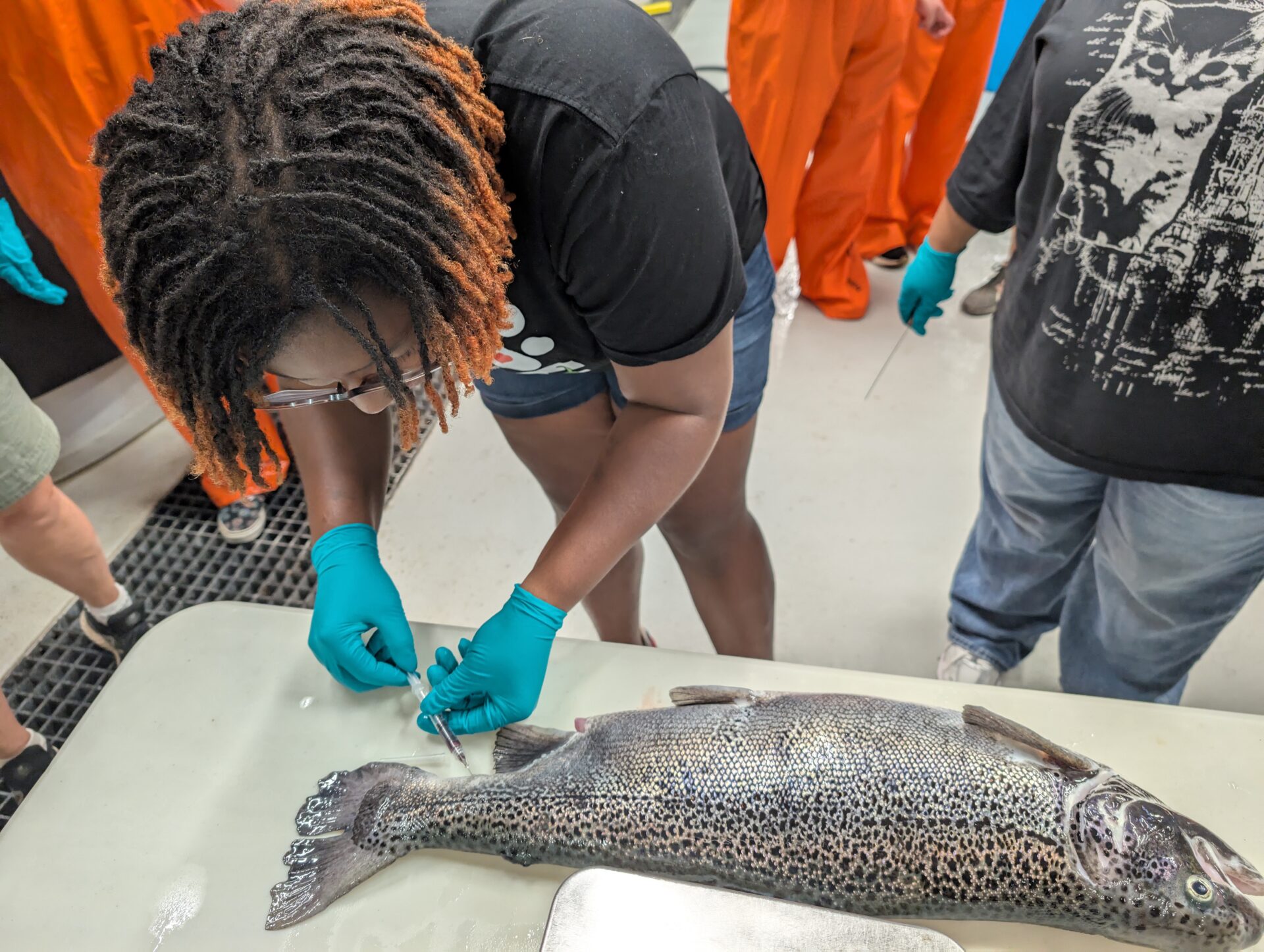For those thankful for the economic and cultural importance of Lakes Michigan and Superior, glad tidings. Some care and attention for the big lakes paid off in the last year. In part, that’s due to the research and collaborative extension work evidenced through three sample projects funded by the Wisconsin Sea Grant Institute and the Water Resources Institute:
- North America’s two impressive water systems—the Great Lakes and the Mississippi River were joined via a canal in the late 1800s when Chicago reversed the flow of the Illinois River as a means to deal with sewage and other pollution of the day. The linkage has now allowed for the exchange of aquatic invasive species such as the Asian carp, whose DNA was recently discovered near Sturgeon Bay, Wis. The large fish is a voracious eater that could easily implode the Great Lakes food web if it were to establish itself in the waters that currently support a $7 billion annual sport and commercial fishery. A researcher, based at Marquette University when he initiated the study, is looking at the water-quality and water-flow implications of separating the Mississippi River Basin and the Great Lakes Basin. His findings will be included in a major U.S. Army Corps of Engineers study that will determine a future plan for the waterways.
- For those who manage the lakes’ commercial and recreational fishing, it’s important to know what fish are where and how many of them there are. That determines catch limits and is an indicator of the health of an ecosystem. Managers are using a new sampling device designed and built by a researcher at the University of Wisconsin-Milwaukee. It can penetrate the always-tricky-to access rocky habitats of the Great Lakes
- A 2 1/2 –mile chain of barrier islands has taken significant steps toward restoration in Lake Michigan’s Green Bay. The Cat Island Chain gradually eroded and sank beneath the waves in the early 1970s. With it, went a diverse ecosystem, shoreline protection and a level of storm protection for the Port of Green Bay. The port handles an annual average of 1.7 million metric tons of cargo, supports 823 jobs and fosters a regional economic impact of $83 million each year. Since 1978, Sea Grant has worked with partners to restore the islands. The project began last year and is now ahead of schedule, more than 90 percent complete, using material dredged from the port’s shipping channel. The dredge material can be difficult to otherwise dispose of and now is being put to use to again offer protection and wildlife habitat.
Numerous other projects were carried out in 2013 on behalf of the 6.4 million acres of the Great Lakes that lie within state borders. Those projects are part of Wisconsin Sea Grant, which in its 44-year history has awarded more than $120 million in grants that have supported more than 750 research, outreach and education projects throughout Wisconsin. The Water Resources Institute was established in 1964 and has funded more than 110 research projects throughout Wisconsin. On average, it supports 20 to 25 graduate and undergraduate students at public and private state colleges each year.





